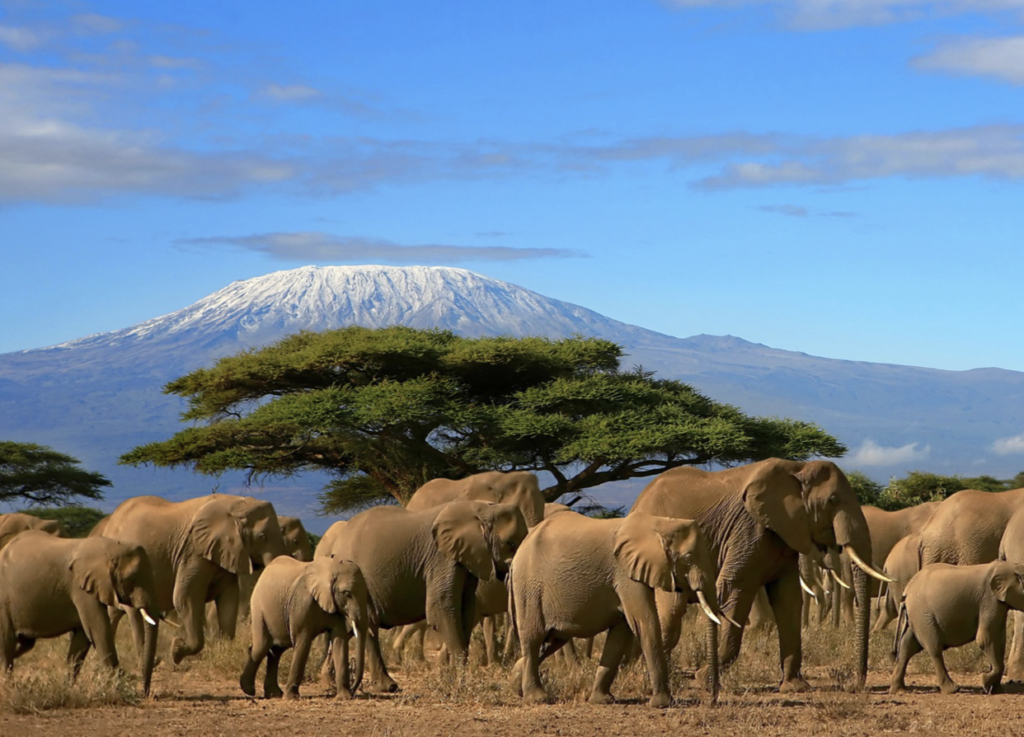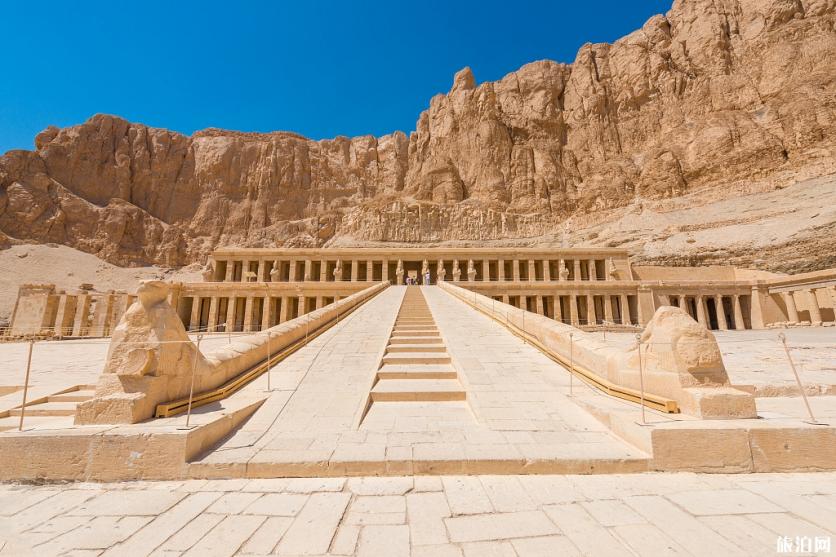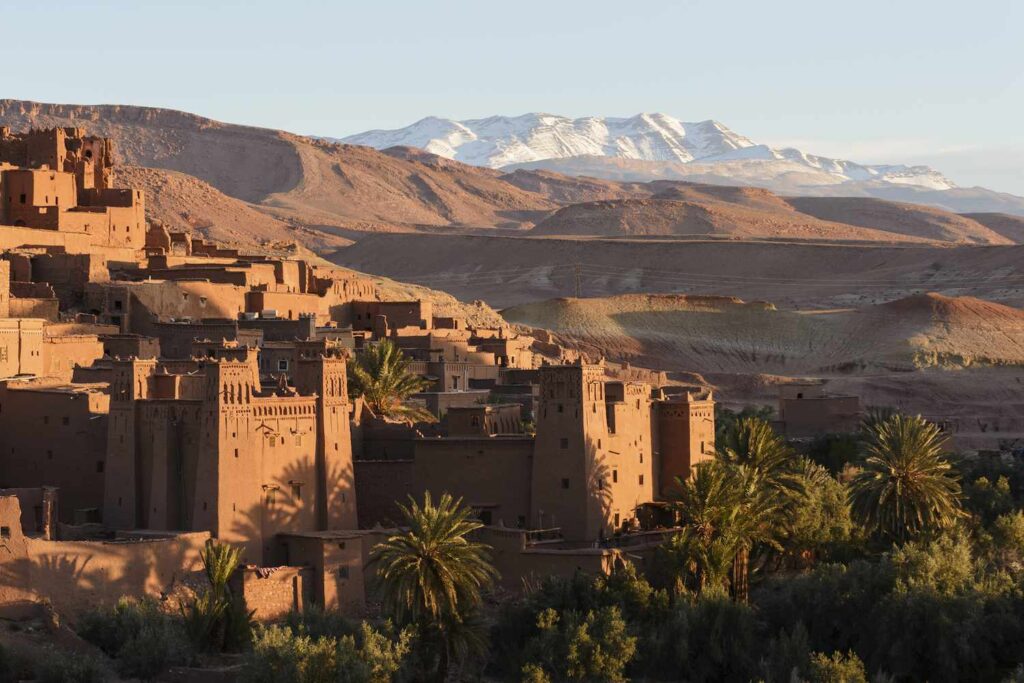Kenya
The Republic of Kenya is located in eastern Africa, abbreviated as Kenya. The equator crosses the central region and the Great Rift Valley runs north-south. It borders Somalia to the east, Tanzania to the south, Uganda to the west, Ethiopia and South Sudan to the north, and the Indian Ocean to the southeast, with a coastline of 536 kilometers. 18% of the land area is arable land, while the rest is mainly suitable for animal husbandry. The land area is 582646 square kilometers, with the capital city of Nairobi. The country is divided into 47 counties and a population of 54.02 million. There are a total of 44 ethnic groups in the country. Kenya is one of the birthplaces of humanity, and fossils of human skulls dating back approximately 2.5 million years have been unearthed within the country. In the 7th century AD, some commercial cities had formed along the southeast coast, and Arabs began to do business and settle here. In the 16th century, Portuguese colonizers occupied the coastal areas. In 1890, Britain and Germany divided East Africa, and Ken was transferred to Britain. The British government declared Ken as its “East African protectorate” in 1895 and changed it to a colony in 1920. The autonomous government was established on June 1, 1963, and declared independence on December 12. The Republic of Kenya was established on December 12, 1964, but remained within the Commonwealth. Kenya is a famous tourist country in Africa. Mount Kenya, the second highest peak in Africa located in the central part of the country, is a world-renowned equatorial snow mountain. It is majestic and majestic, with beautiful and unique scenery. The name of Kenya comes from this. Dozens of national level natural wildlife parks and nature reserves are paradise for numerous wildlife and over a thousand bird species, and are one of the most popular wildlife parades in the world.


